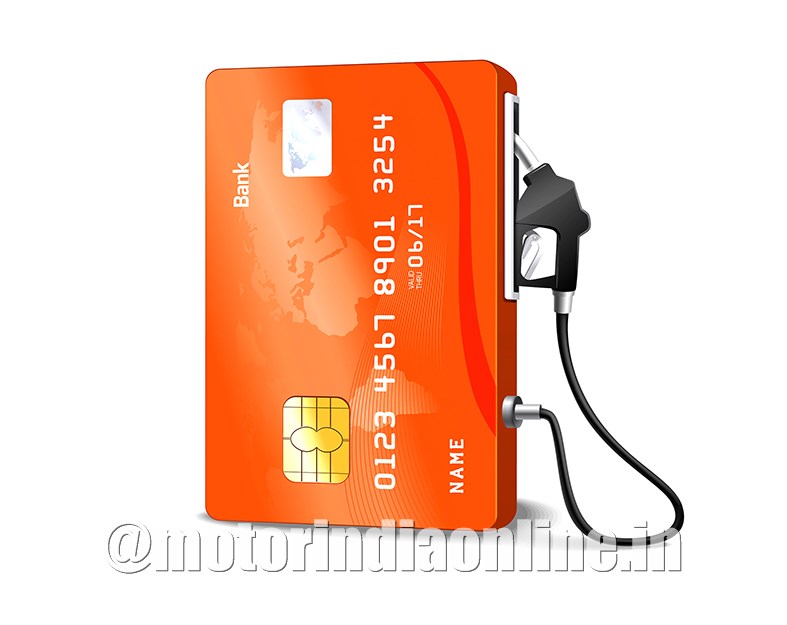For many truck fleet operators in India, working capital is a major bottleneck that stops him from scaling up his operations and growing his business. While larger fleets, usually those with over 100 vehicles and contracted with large customers, are given credit for fuel and other expenses, the smaller operators will have to shell out money for fuel and other expenses from time to time. Considering the fact that the operator gets paid only after the goods are delivered and the original POD is handed over to the customer, he will have to spend money from his pocket for around 40-45 days before receiving his payment from the customer. For a 10- or 12-wheel vehicle, the running & maintenance cost for this time period, major part of which is the fuel, will be roughly Rs. 20-26 lakhs, with an average EMI of Rs. 50,000 to 75,000.
One area where any fleet operator constantly keeps looking for improvement is fleet utilization. According to Mr. Thiagarajan, Founder of KT Telematics, “An alarming 20 per cent of time is being lost with trucks sitting idle in petrol stations due to want for money for fuel. The driver fills fuel, realizes he doesn’t have money for it, calls and asks his owner for money and waits for it to reach him. Reason for this – inefficient working capital management; the consequence – poor vehicle utilization.”
Having diagnosed a common problem that plagues truckers, Mr. Thiagarajan talks about the solution his company offers, one that has been tried, tested and proven to be successful. He shares: “The software in our telematics solution takes into account different parameters – trip route, road terrain, driver behaviour, material shipped, etc. – and geofencing and many different algorithms, calculates the amount of fuel a truck will need for a particular day’s trip and indicates the amount of money to be released on a day-to-day basis. The software will give an excel file with the data based on which the money can be released using Cash Management System (CMS).”
For the software to perform the calculations accurately, it is imperative that the data that is fed as input is as accurate as possible. This is also taken care of by the telematics system which, through different sensors, pulls out most of the data needed for the calculations.
Locked up working capital
While on one end of the spectrum we have vehicles sitting idle for want for money for fuel, the other end involves vehicles with too much fuel in the tank (locked up working capital).
Let’s work out a test case. There is a fleet of 100 vehicles with each vehicle having 100 litres of fuel in the tank; total fuel in tank is 10,000 litres; assuming cost per litre of fuel is Rs. 70, a whopping Rs. 7,00,000 worth of fuel is in the tank. Now, if each vehicle is going to cover a distance of 400 km a day, what is the need to have fuel to cover 700 km in the tank? The extra fuel in the tank is valuable working capital locked up!
“Fuel sitting idle in a vehicle’s tank is equal to working capital getting locked up. Optimal fuel filling – filling only as much fuel needed for that day – instead of filling the full tank, can help fleets have much better working capital which in turn ensures his fleet utilization is better as his vehicles/drivers need not wait for money for fuel and other expenses”, explains the KT Telematics Founder.
